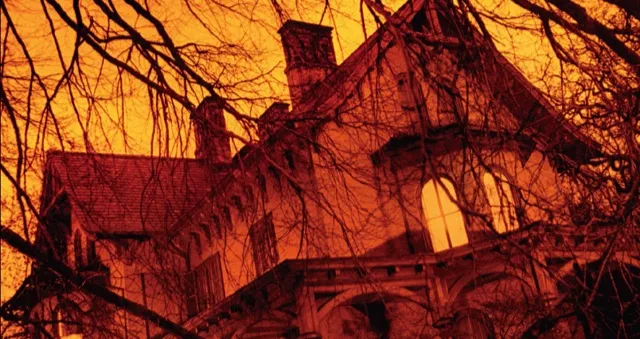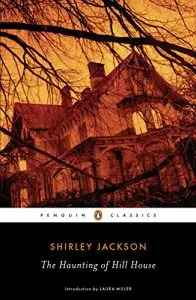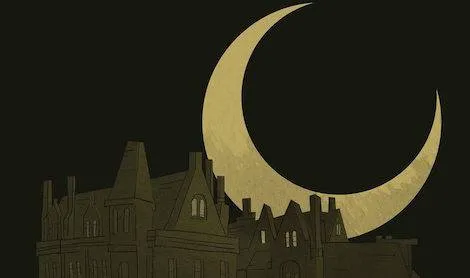
The First Line of THE HAUNTING OF HILL HOUSE and the Last Line: A Close Read
The first line of The Haunting of Hill House is famous for good reason. In fact, the full opening paragraph is worth a close look—it is only three sentences but they pack a real punch.

Let’s examine it, line by line.
The First Line of The Haunting of Hill House
“No live organism can continue for long to exist sanely under conditions of absolute reality; even larks and katydids are supposed, by some, to dream.”
The opposite of absolute reality is dreaming. It is implied here that any live organism that does not dream will lose its sanity. Why larks and katydids? I don’t know, but here is what I’ve found about them. Larks are birds, and the only variety of lark that is found in North America is the horned lark, a distinctive variety with a song that is described as a “warbling, ascending trill.” Katydids are similar to grasshoppers, and like larks the majority of species can be found outside North America. Surely something drew Shirley to these species—perhaps the polyamorous behavior of katydids, or the larks’ song—but I don’t know what it was, nor can I find any evidence that either is believed to dream.
“Hill House, not sane, stood by itself against its hills, holding darkness within; it had stood so for eighty years and might stand for eighty more.”
Here we are informed that Hill House is not sane; the implication, of course, is that Hill House is a live organism, and it exists in absolute reality: Hill House does not dream. Moreover, we are told how long it has existed in this absolute reality—far longer than it might take most live organisms to cease to exist sanely—and that we can expect it to continue existing in its not sane reality.
“Within, walls continued upright, bricks met nearly, floors were firm, and doors were sensibly shut; silence lay steadily against the wood and stone of Hill House, and whatever walked there, walked alone.”
Hill House is built very particularly and peculiarly; we will learn later that its angles are all deliberately noneuclidean. However, it is laid out quite plainly here that the construction of Hill House is precise, deliberate; that it is silent; and that it quite prefers things just so—something that Mrs. Dudley enforces quite adamantly throughout the book. As for the last clause, this is a message: you are reading about a house that not only is a live, not only is not sane, but is, in fact, haunted.
This could have been two sentences, but Shirley Jackson chose to make it one, with clauses separated by a semicolon. That little piece of punctuation is doing a lot of heavy lifting here, telling us that, like Hill House itself, the language used to describe it is precise, deliberate, and just so.
Perhaps, overall, the opening paragraph of The Haunting of Hill House should be taken as a warning.
The Last Line of The Haunting of Hill House
The Haunting of Hill House concludes as it begins:
“Hill House, not sane, stood by itself against its hills, holding darkness within; it had stood so for eighty years and might stand for eighty more. Within, walls continued upright, bricks met nearly, floors were firm, and doors were sensibly shut; silence lay steadily against the wood and stone of Hill House, and whatever walked there, walked alone.”
These lines repeat not on their own, but as the second half of a paragraph detailing what happens to the characters after the conclusion of the book. Hill House is, after all, a character in and of itself; unlike the others, however, it remains utterly unchanged—only our understanding of what the final words mean changes. (Eleanor. It means Eleanor. Or does it?)
Can’t get enough Hill House? Here’s 48 Terrifying Quotes from The Haunting of Hill House
Read all of Shirley Jackson’s opening paragraphs here: The Magic of Shirley Jackson’s Opening Paragraphs
Or, if you need a full rundown on Shirley Jackson’s work: Your Complete Guide to Shirley Jackson’s Books and Short Stories










